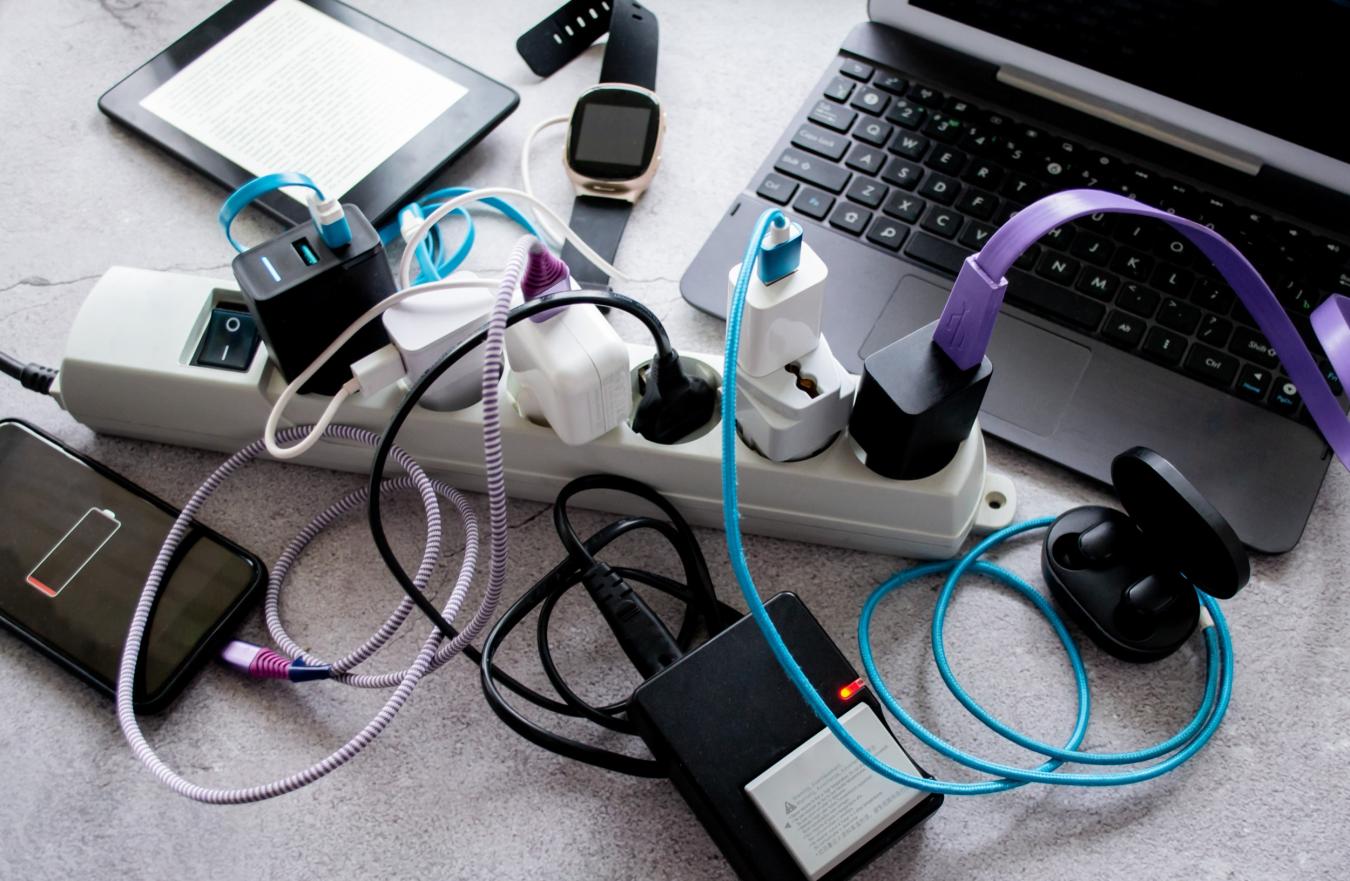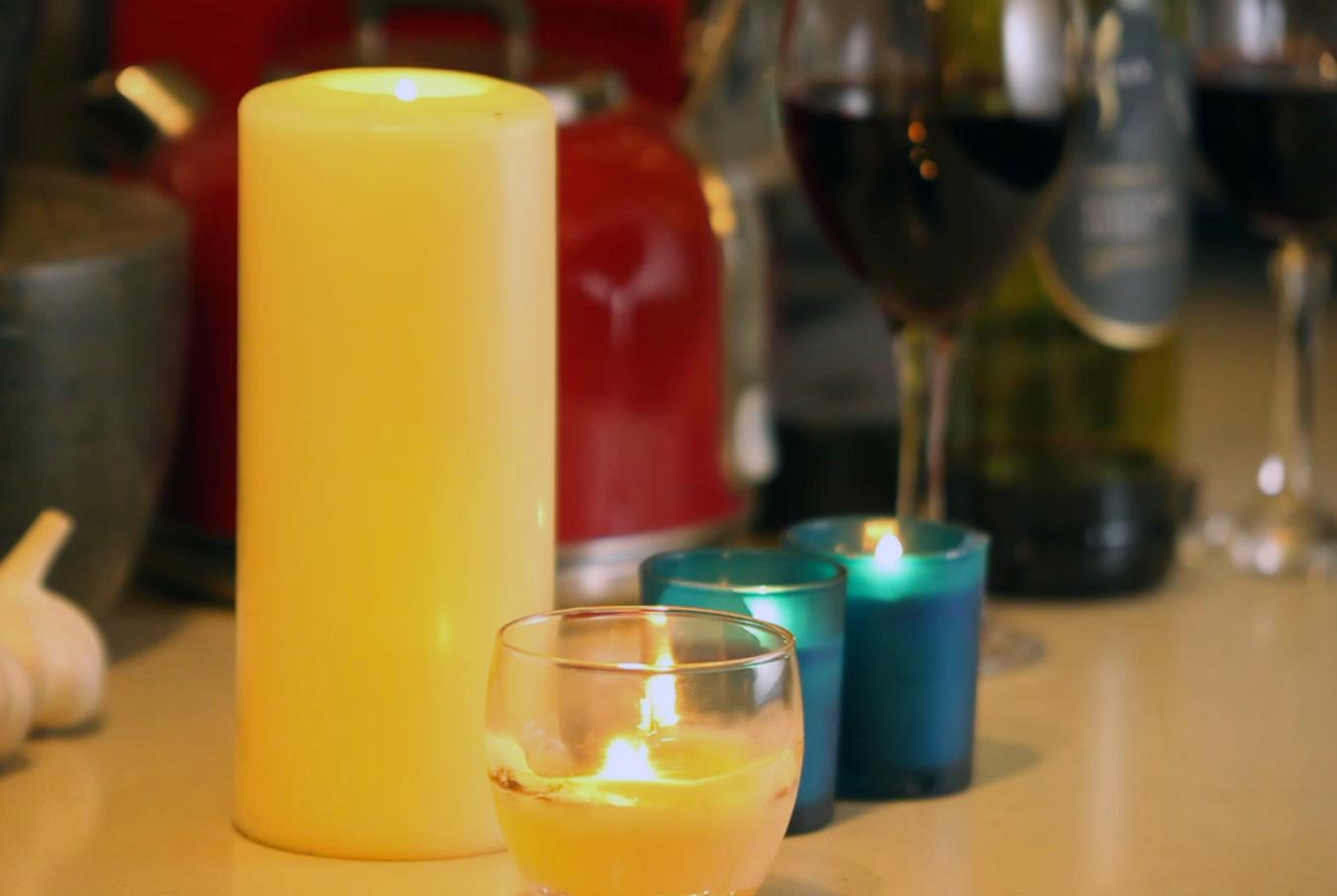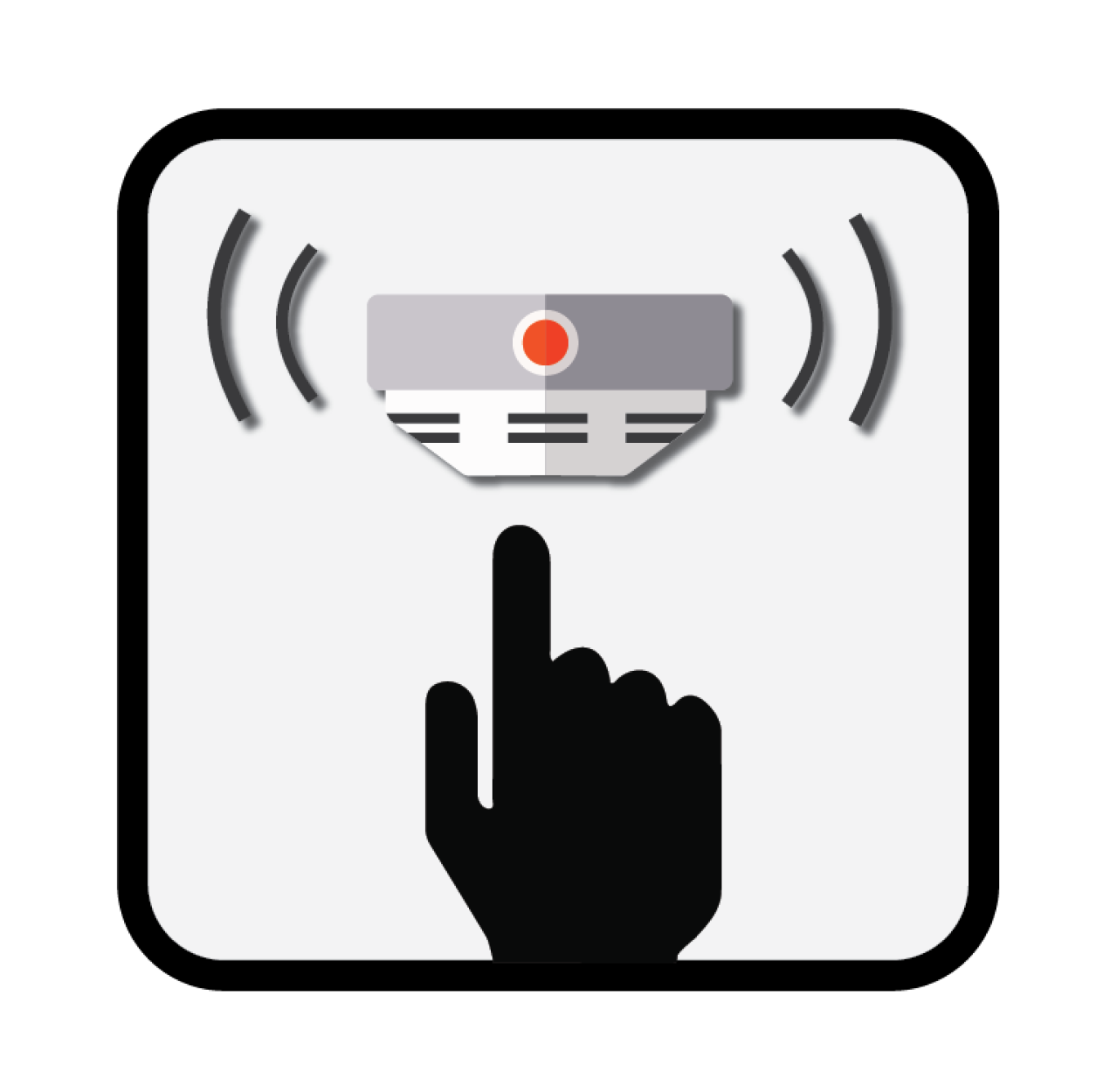Winter road safety
How to prepare for winter driving.
As temperatures drop and we turn to heaters, holiday lights, and cozy indoor activities, the risk of home and workplace fires rises significantly. Winter brings unique fire safety challenges, from overloaded electrical systems to increased use of fireplaces and portable heaters that require extra attention and prevention. This page will guide you through the essential steps to keep your property safe, protect your loved ones, and ensure a warm and worry-free winter season.
Avoid using appliances overnight, especially washing machines, dryers and dishwashers.
Charge any items with the provided charger during the day and remove once full.
Don’t overload sockets or extension cords - 1 socket for 1 plug.
Replace damaged electronics, such as those with frayed or broken wiring.
Do not charge e-bikes, e-scooters, or mobility scooters on an escape route.
To learn more , visit our electrical safety page.
Keep heaters at least 1 meter away from everything especially furniture and clothing. Avoid using a heater to dry items.
Make sure that heaters do not pose a trip risk, especially the wiring.
Use heaters with automatic shut-off if tipped or overheated.
Turn heaters off when leaving the room or sleeping.
Use fire guards with open fires.
Make sure to regularly get the chimney checked and cleaned.
To learn more, visit our heating page.


Try and keep any walkways and exits clear of clutter, including anything that could be a trip hazard or prevent you escaping.
Avoid using candles, or heaters near clutter by at least one meter.
Avoid storing flammable materials near heat sources or electrical outlets.
Regularly declutter to reduce fire hazards.
Seek help if hoarding makes safe evacuation difficult.
To learn more about the fire risks associated with clutter and hoarding visit our webpage.
Always use a proper holder on a secure surface.
Never leave a candle unattended.
Extinguish all candles before you leave the room or go to sleep.
Keep the flame well away from other items such as curtains, furniture or electronics.
Keep candles out of reach from children and pets.
Make sure lighters and matches are stored securely.
For more tips on how to use candles safely and make it less likely that they will be the cause of fire in your home visit our web page.


Test your smoke alarm monthly and clean every six months.
Replace batteries once a year unless it is a 10 year alarm.
Fit at least one smoke alarm on each level of your house.
You can buy smoke alarms from our recommended partner, Fire Angel.
Visit our web page for information about spotting faulty a smoke alarm.
Plan two ways out of every room, if possible.
Keep exits and pathways free from obstacles.
Practice your fire escape plan with everyone in your household.
Identify a safe meeting point outside the home.
Learn more about making an escape plan on our website.
Switch off electrical items before bed including anything on charge
Extinguish any cigarettes/candles safely
Check the cooker and any heaters are off
Shut all doors before bed, especially the kitchen door
Check your exit routes are clear
Keep keys safe in an easy to reach location
Keep a phone close in case you need to call 999
Make sure everyone in the house knows what to do in an emergency, including children and visitors
How to prepare for winter driving.
How to avoid a chimney fire.

Read the article written about Have your say in our council tax consultation
Lancashire Fire and Rescue Service is consulting the public on its council tax precept for the year ahead.The Service is proposing a small increase to the precept in 2...
Read the article written about LFRS staff recognised at national award ceremonies
At the end of November, staff attended the National Asian Fire Service Association (AFSA) Personal, Fair and Diverse Awards, held as part of the annual conference host...
Read the article written about Lancashire Fire and Rescue Service Celebrates its People
On 20 November, Lancashire Fire and Rescue Service celebrated the remarkable efforts of many of its most committed and skilled colleagues during a special ceremony at ...